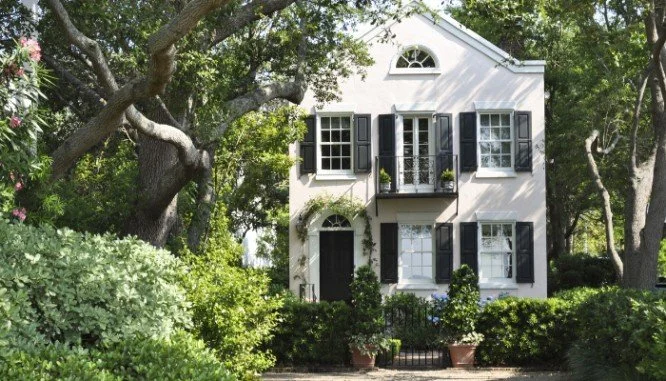From Carriage Houses to Modern Living: The Surprising History of ADUs
Think ADUs are a new housing trend? Accessory dwelling units have been solving housing challenges for centuries. Here's how we got from carriage houses to today's eastern NC ADU boom.
Walk through any historic neighborhood in eastern North Carolina, and you'll spot them tucked behind grand old homes – small buildings that once housed horses and carriages but now serve as charming apartments, offices, or guest quarters. These converted carriage houses are actually the great-grandparents of today's ADU movement, and their story reveals that our "innovative" housing solution is really just a return to time-tested common sense.
At Plank Construction, we often tell clients that we're not building something new – we're reviving something old that worked beautifully for generations. Understanding this history helps explain why ADUs feel so natural and why they're experiencing such a renaissance across America, including right here in eastern NC.
The Carriage House Era: Where It All Began
In the 1800s and early 1900s, wealthy families in cities like Raleigh, Wilmington, and New Bern built elaborate carriage houses behind their main residences. These weren't just storage buildings – they were sophisticated structures that housed carriages on the ground level and provided living quarters upstairs for coachmen, stable hands, and other household staff.
Carriage houses served multiple purposes that sound remarkably familiar today. They provided housing for workers who needed to live close to their employment, created rental income for property owners, and maximized the use of urban lots where space was at a premium.
The design of these early carriage houses established patterns we still see in ADUs today. Separate entrances provided privacy for both the main house occupants and the carriage house residents. The buildings were substantial enough to provide comfortable living while remaining secondary to the main house in both size and architectural prominence.
As automobiles replaced horses and carriages in the early 1900s, many carriage houses transitioned seamlessly into garages with apartment space above. This adaptability demonstrated the fundamental flexibility that makes accessory dwelling units so enduringly useful.
The Rise of Multi-Generational Housing
The early to mid-1900s saw the widespread development of what we now call "granny flats" or "mother-in-law suites." Economic pressures from the Great Depression, followed by housing shortages during and after World War II, made efficient use of residential property essential.
Families discovered that small additional dwellings on their property could house aging parents, returning veterans, or young couples starting out. These units provided independence and privacy while keeping families close together – exactly the same benefits that drive ADU development today.
The post-war housing boom saw creative solutions to space shortages. Many eastern NC families added small apartments above garages, converted portions of their homes into separate units, or built small cottages in their backyards. Local building departments generally embraced these solutions as practical responses to genuine housing needs.
Interestingly, many of the ADUs we convert or renovate today were originally built during this era. Those 1940s and 1950s garage apartments and backyard cottages prove that well-built accessory dwelling units can serve families for generations.
The Suburban Shift and ADU Decline
The 1960s through 1980s marked a dramatic shift in American housing preferences and regulations. Post-war prosperity enabled suburban expansion, and zoning laws increasingly favored single-family detached homes on large lots.
During this period, many municipalities actively discouraged or outright banned accessory dwelling units. Zoning codes written during the suburban expansion era treated ADUs as incompatible with "residential character," despite centuries of evidence to the contrary.
Existing carriage houses and early ADUs were often converted to storage or left vacant as families embraced the suburban lifestyle. Many beautiful examples of historic accessory dwelling architecture were lost during this period, demolished to make way for swimming pools or expanded driveways.
This regulatory hostility to ADUs persisted for decades, creating artificial housing scarcity even as demographic and economic conditions began favoring more flexible housing options.
The Modern Renaissance: Why ADUs Are Back
The late 1990s and 2000s marked the beginning of the ADU renaissance, driven by demographic and economic changes that made accessory dwelling units practical again. Aging baby boomers wanted to age in place, young adults struggled with housing costs, and families needed more flexible living arrangements.
California led the modern ADU movement with regulatory changes that eliminated many barriers to accessory dwelling unit construction. As California demonstrated the benefits – increased housing supply, rental income for homeowners, and flexible living arrangements – other states began reconsidering their ADU policies.
The 2008 financial crisis accelerated interest in ADUs as homeowners looked for ways to generate additional income and reduce housing costs. ADUs provided mortgage assistance for struggling homeowners while creating affordable rental housing in established neighborhoods.
Remote work trends have made home offices essential, and ADUs provide perfect solutions for dedicated work spaces separate from main living areas.
Eastern North Carolina's ADU Evolution
Eastern NC's ADU history reflects both national trends and regional characteristics. Our area's military communities have long embraced flexible housing solutions, with many properties including accessory dwelling units for extended families or rental income.
The Research Triangle's growth brought renewed interest in ADUs as tech workers and university employees sought affordable housing options close to employment centers. Many 1950s and 1960s homes in established neighborhoods proved perfect candidates for ADU additions.
Coastal communities in eastern NC have particularly embraced ADUs for vacation rental income and seasonal housing flexibility. Beach cottage ADUs provide rental income during tourist season while serving as guest quarters during off-seasons.
Rural eastern NC has maintained some of the most ADU-friendly practices, with many farm properties including small dwellings for workers, aging parents, or additional rental income. These practical arrangements never really disappeared in agricultural areas.
Recent zoning changes across eastern NC reflect growing recognition that ADUs serve legitimate housing needs while respecting neighborhood character.
Design Evolution: From Practical to Beautiful
Early carriage houses and ADUs prioritized function over form, though many achieved considerable charm through honest expression of their purpose. Simple materials, straightforward layouts, and practical details created buildings that aged gracefully.
Modern ADU design has evolved dramatically, incorporating lessons from both historic examples and contemporary small-space living. Today's ADUs often feature sophisticated design, high-quality materials, and clever space-saving solutions that would impress carriage house builders from a century ago.
Architectural compatibility remains important, but modern ADUs interpret rather than copy main house styles. The best contemporary ADUs feel both timeless and current, respecting neighborhood character while providing thoroughly modern amenities.
The Technology Revolution
Modern ADUs benefit from technological advances that carriage house builders couldn't have imagined. Efficient HVAC systems, LED lighting, and smart home technology make small spaces more comfortable and functional than ever before.
Prefabrication and modular construction techniques have made ADU construction faster and more cost-effective while maintaining quality. These methods echo the systematic approach that made carriage house construction efficient in earlier eras.
High-speed internet and wireless technology enable ADUs to serve as offices, studios, or remote work spaces. The flexibility that once made carriage houses valuable for live-in staff now makes ADUs perfect for remote workers and entrepreneurs.
Lessons from History for Modern Builders
Historical ADU success depended on quality construction that could adapt to changing uses over time. The carriage houses that became garages, then apartments, then home offices succeeded because they were well-built and thoughtfully designed.
Architectural compatibility has always been crucial for neighborhood acceptance. The most successful historic ADUs complemented rather than competed with main houses, a principle that remains important today.
Flexibility in design and function enabled historical ADUs to serve different purposes as needs changed. Modern ADUs should be designed with similar adaptability to serve families well over decades.
Community acceptance comes from demonstrating that ADUs enhance rather than threaten neighborhood character. Historical precedent shows that well-designed, well-maintained ADUs contribute positively to communities.
The Future Built on the Past
Current ADU growth represents a return to housing patterns that worked successfully for centuries before suburban zoning disrupted them. This historical perspective suggests that ADUs aren't a temporary trend but a permanent return to practical housing solutions.
Housing affordability challenges are driving interest in efficient housing solutions that historical builders understood instinctively. ADUs provide housing options that serve multiple generations while building long-term property value.
At Plank Construction, we're proud to be part of this historical continuum, building ADUs that honor the practical wisdom of carriage house builders while incorporating modern design and technology. We're not just constructing buildings – we're reviving a housing tradition that has served families well for over two centuries.
Ready to become part of ADU history? Contact Plank Construction to discuss how a modern accessory dwelling unit can serve your family's needs while connecting to this rich tradition of practical, beautiful housing solutions.
Plank Construction specializes in ADU construction throughout eastern North Carolina, combining historical design wisdom with modern building techniques. Our ADUs honor the carriage house tradition while meeting contemporary needs. Contact us today to discuss your project.

